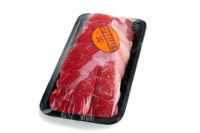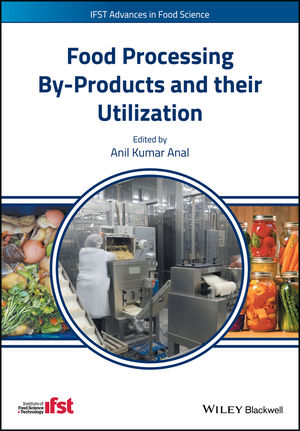Recently, I asked if barrier film performance is living up to the expectations of the marketplace. The response I received did not go so much into the nuts and bolts of the technology, thankfully, but tossed barrier performance into a more sweeping discussion — a more human one.
A veteran films executive said, “Predominantly, the barrier films on the market are meeting marketplace needs, but I think food waste is still high on the agenda. Can we think of barrier as a way to extend the shelf life of products?”
He pondered about the percentage of food waste in the world today. We know the numbers. Between 30 percent and 40 percent of the U.S. food supply is wasted, according to the USDA’s Economic Research Service. That comes to about $160 billion annually. To be clear, he did not suggest barrier packaging carry the weight for solving this problem. But he did place heightened barrier performance and earnest environmental stewardship in the same conversation.
On the surface it seems reasonable that mitigating food waste and improving barrier protection go hand in hand. “But, then you must balance the difference between extended shelf life and the cost of materials to deliver that. The conundrum is how long can we save it for until we can’t save it any longer?”
For the jam-packed barrier films segment, he may have hit upon a point of differentiation. As the food industry and general public more seriously examine the impact of actions promoting sustainability and recyclability, sustainable barrier materials that deliver on performance and price can provide answers for shelf-life improvement and provide the marketplace with a massive public relations win. However …
“Everybody wants a sustainable solution and they want a cheaper price. The volume of that sustainable solution is just not there at the moment.”
This capacity hangup is simply explained: The materials are available for those choosing to try them, sources say. But, apart from the high-end specialty supermarkets that are happy to try because it fits their brand positions, the market response has not been overwhelming. In all of this it is important not to lose sight of the ultimate goal: protecting food.
“At the end of the day we’re selling a product, not packaging. The material has to perform and they have to get their shelf life.”
By all accounts, sustainable materials are ready to take their place in the global portfolio of barrier options. And like their cousins, they can deliver as market forces meander toward simpler, less layered structures because they are easier to recycle than those that are multilayered. At this moment, this is more common globally than here in the U.S.
Do barrier films need much, if any, improvement regarding shelf-life extension? In the narrow context, they really do not. But that logic is flawed. Absorbing this from the perspective of helping to reduce food waste, and doing it with more sustainable and recyclable options, shows barrier technology’s story is just getting started. NP










